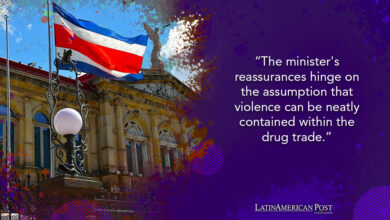WHO recognizes ‘burn out’ as a disease
Listen this article
The term will be part of the Classification of Diseases of the WHO and would take effect from January 1, 2022
Leer en español: La OMS reconoce el 'desgaste laboral' como una enfermedad
In the framework of the WHO World Assembly, held since May 20 of this year in Geneva, the 'burn-out' syndrome, or labour attrition, was added to the list of Classification of Diseases of WHO. This list is updated depending on the studies and conclusions of experts, so far more than 55,000 diseases or causes of death are listed.
Read also: Quiz: How much do you know about health?
What does it consist of?
The work-related syndrome is limited to the work environment and should not be used to describe situations of stress in other areas of life, according to WHO official website. In this case, the disease will be related to health problems that arise from employment or unemployment. Some of the symptoms that doctors must take into account to diagnose it, according to the manual, are:
- The feeling of low energy
- Distance to work and negative feelings towards him
- Reduction of professional efficiency
This type of symptoms are also usually associated with anxiety or mood disorders, so these should be discarded by the doctor.
The study
Herbert Freundenberger, an American psychologist, is considered to be the forerunner of the study that led to these conclusions. He started with an article of a scientific nature published in 1976 in the magazine SAGE Open and worked throughout his career in the study of burn-out. In 2017, a review was begun to determine how successful the Freundenberger study was; this was done by Linda and Torstein Heinemann. His research was based on the work of the psychologist and on the large amount of literature produced during the four decades that followed Freundenberger's article.
The 'labor attrition', by then was not considered as a disease, since it was associated with other mental disorders, but was not considered as one of them, so it could not be considered a disease either.
The conclusions reached by the researchers is that, in effect, job burnout is a mental disorder and should be treated as such in the appropriate manner. The most affected by this condition, according to WHO, are people who hold public office. Not detecting it at time can lead to it becoming a depression.
LatinAmerican Post | Vanesa López Romero
Translated from "La OMS reconoce el 'desgaste laboral' como una enfermedad"





